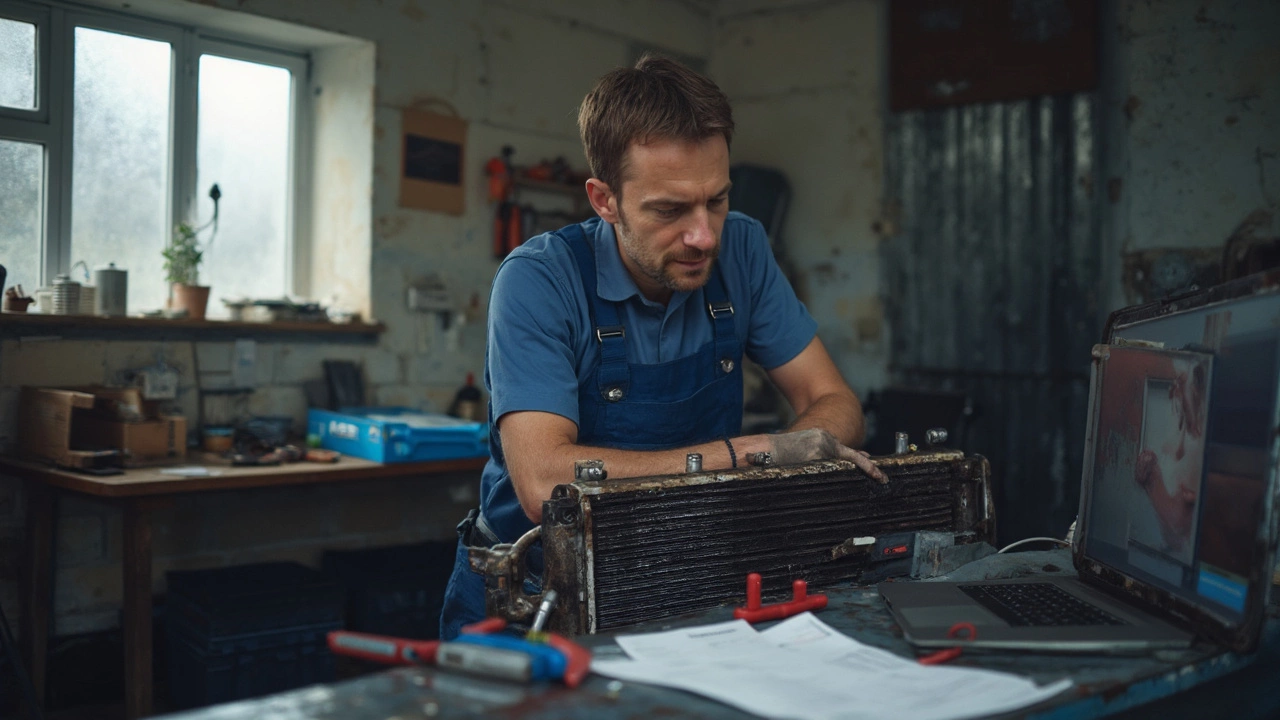Radiator Repair: Signs, Causes, and What to Do Before It Costs You More
When your car starts running hot, it’s rarely just a minor glitch—it’s often a failing radiator, the main component that cools your engine by circulating coolant through tubes and fins. Also known as a cooling radiator, it’s one of the most critical parts in your car’s cooling system, the network of hoses, thermostat, water pump, and radiator that keeps engine temperature in check. If this system breaks down, your engine can overheat in minutes, leading to warped heads, blown gaskets, or even a seized engine.
Radiator repair isn’t always about replacing the whole unit. Sometimes it’s just a leaky hose, a loose clamp, or a clogged core from old coolant. But if you’re seeing steam under the hood, a sweet smell like syrup, or puddles of green or orange fluid under your car, that’s your radiator screaming for help. Many people ignore early signs—like a rising temperature gauge or a faint hissing noise—until it’s too late. The average radiator lasts 8 to 15 years, but if you’re driving in stop-and-go traffic, hauling heavy loads, or haven’t flushed the coolant in over two years, you’re pushing it. A bad radiator doesn’t just hurt your engine; it can also mess with your air conditioning, because the AC condenser sits right next to the radiator and shares the same airflow. If the radiator’s clogged or leaking, your cabin won’t stay cool either.
Before you pay hundreds for a new radiator, check the basics: Is the coolant level low? Are the hoses cracked or swollen? Is there rust or sludge in the overflow tank? Sometimes, a simple flush and a new cap fixes it. But if the radiator fins are bent, the tanks are cracked, or you’ve had repeated overheating, replacement is the only safe move. Most mechanics will pressure-test the system to find leaks, and many auto auctions now carry used radiators from salvaged cars—clean, tested, and way cheaper than new. Don’t wait until your car dies on the side of the road. Spotting radiator problems early saves money, time, and stress.
Below, you’ll find real-world guides on how to spot radiator failure before it kills your engine, how it connects to other systems like your AC and thermostat, and what to look for when buying a replacement—whether you’re fixing it yourself or buying parts at auction.

